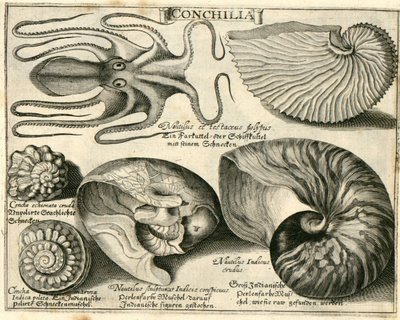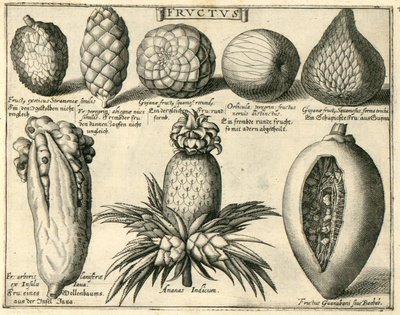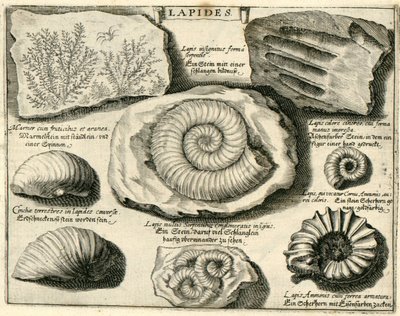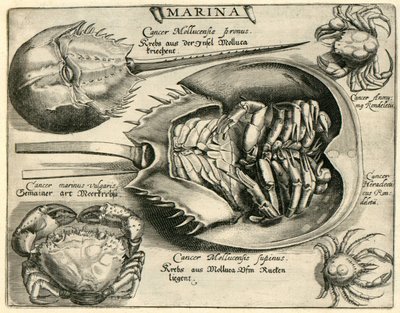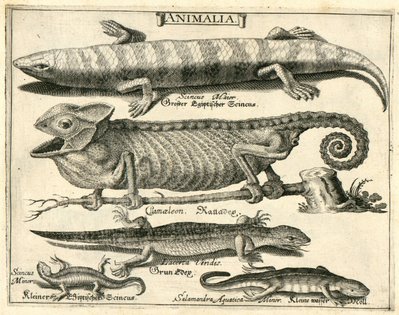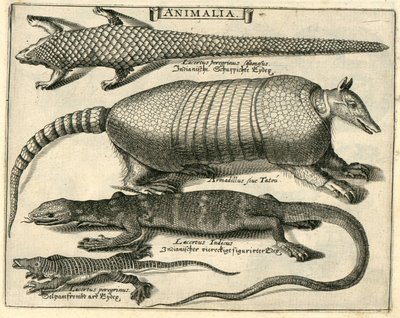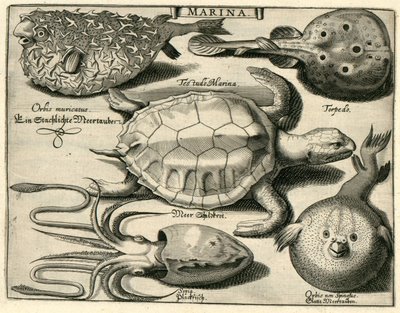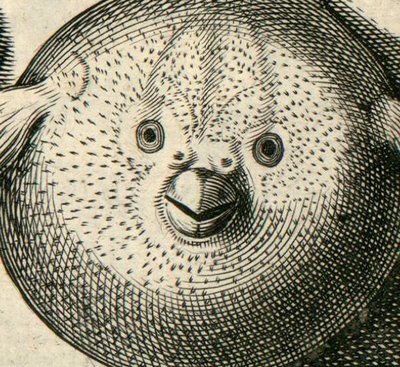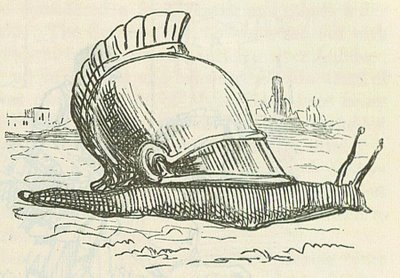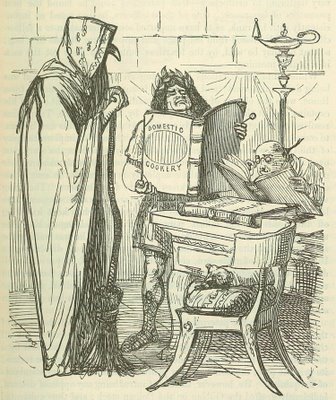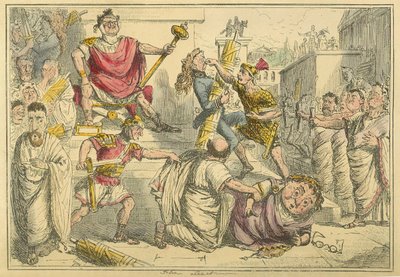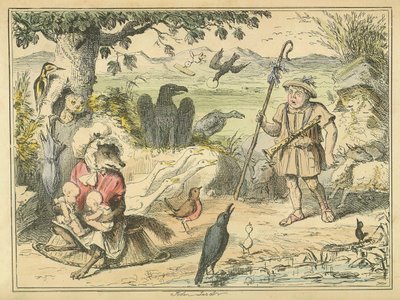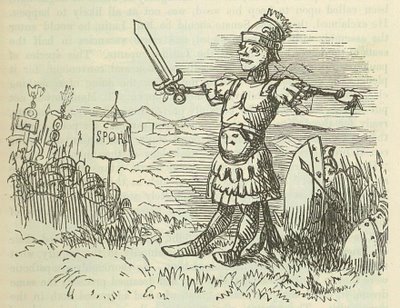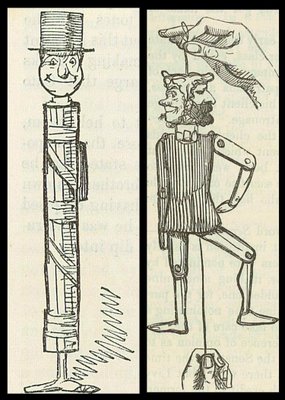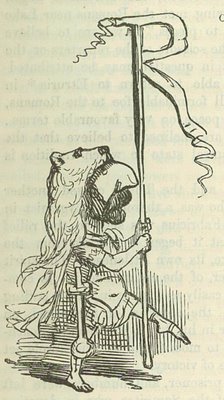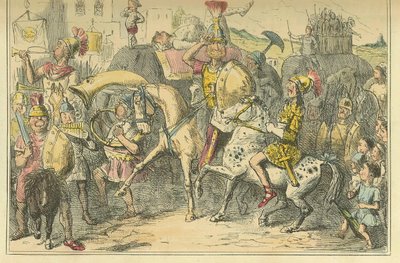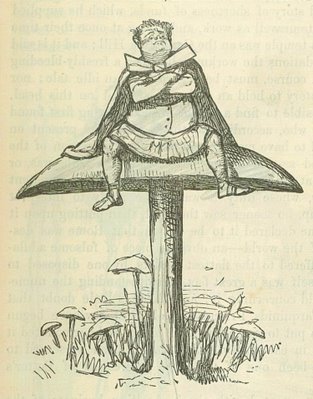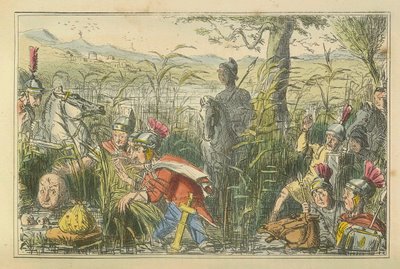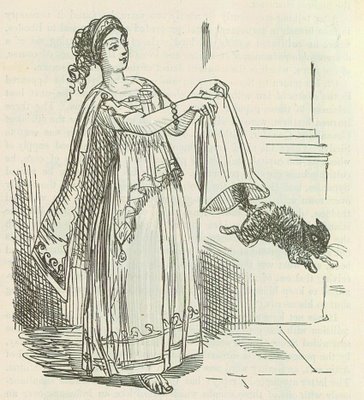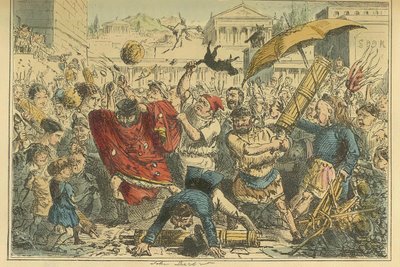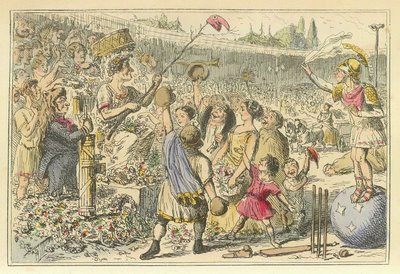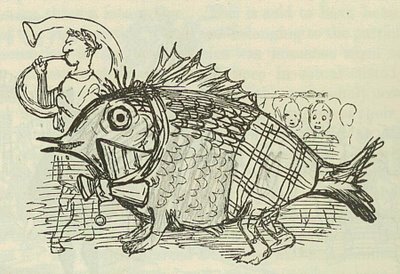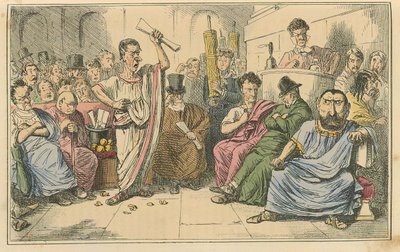"A man who knows everything and who never dies" [Voltaire]
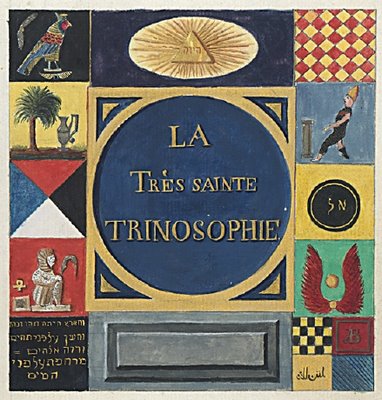
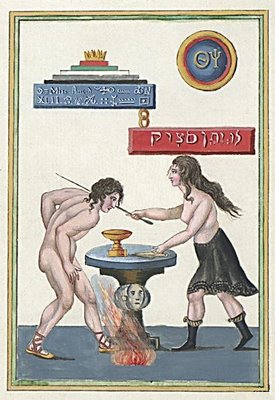

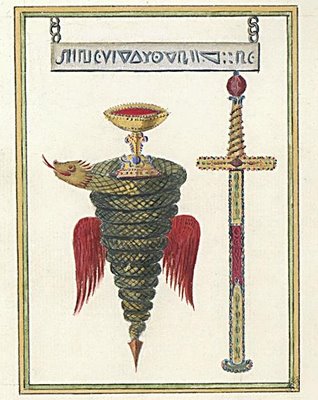
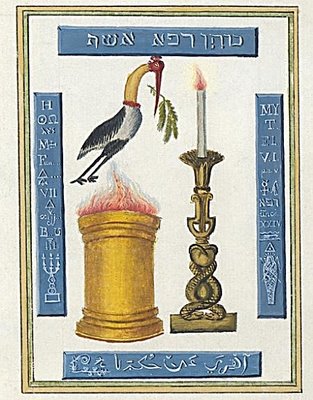
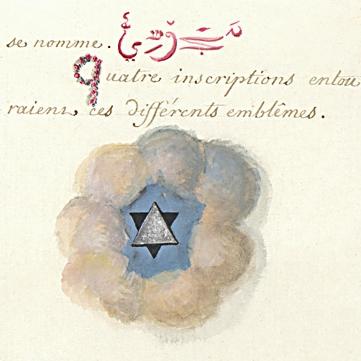

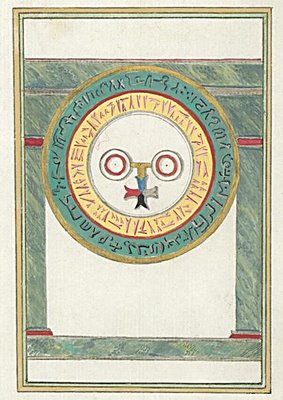
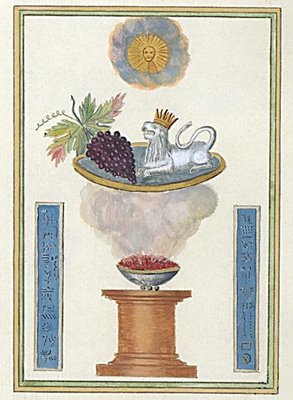
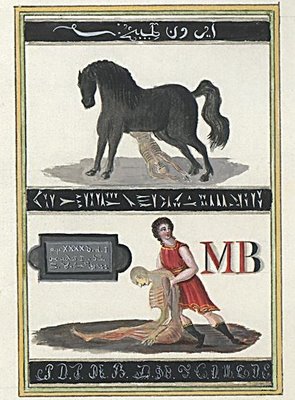
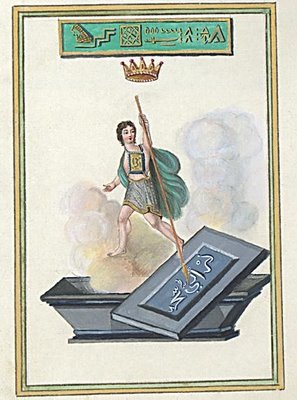

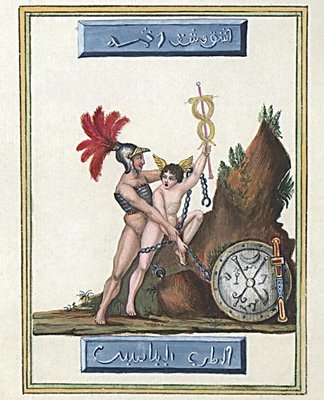
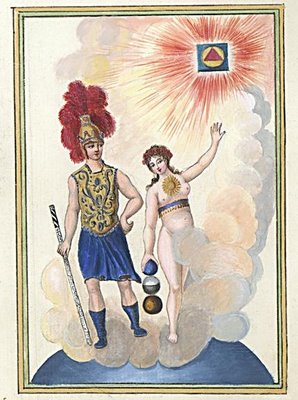
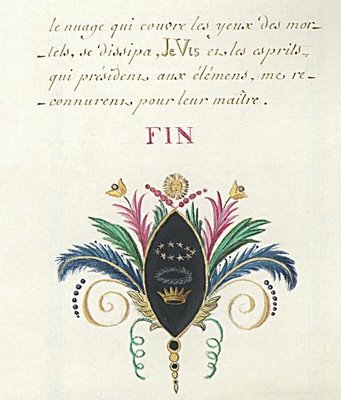
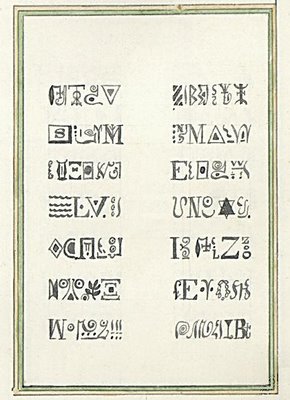

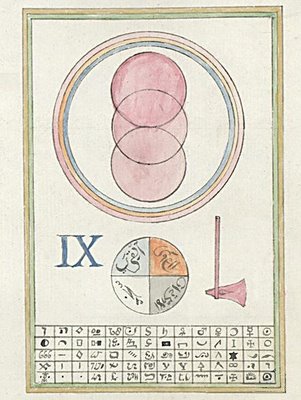
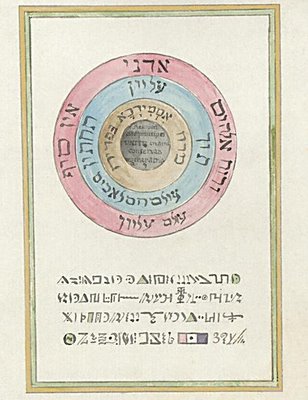

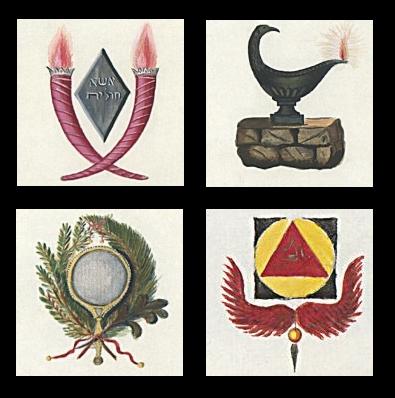
The 'Cosmic Master of the Age of Aquarius' and mysterious adept, the Count de Saint-Germain, allegedly died in 1784. He was a spy, virtuoso violinist, diplomat, friend at the Court of Louis XV, adventurer and was said to be able to transform iron into gold. A veritable procession of people have claimed to be the still living Count de Saint-Germain since 1784.
"During the centuries after his death, numerous myths, legends and speculations have surfaced. He has been attributed with occult practices like snake charming and ventriloquism. There are stories about an affair between him and Madame de Pompadour. Other legends report that he was immortal, the Wandering Jew, an alchemist with the elixir of life, a Rosicrucian or an ousted king, a bastard of Queen Maria Anna of Spain, that he prophesied the French Revolution. Casanova called him the violinist Catlini. Count Cagliostro was rumored to be his pupil."Either the Count de Saint-Germain or Cagliostro is considered to be the author of 'La Très Sainte Trinosophie' (The Most Holy Three-fold Wisdom), from the latter half of the 18th century. It has been called "the rarest of occult manuscripts"1 and the only surviving copy is owned by the library in Troyes, France.
'Trinsophie' is an allegorical alchemistry work and ritual egyptian magical treatise containing an intentionally coded text with arabic, chaldean hebrew, cuneiform, ionic greek, syriac, esoteric idiograms and heiroglyphs amongst the french writing. A full translation is available online if you look hard enough -- I tend to regard the esoteric arts as a fascinating well from which to draw outstanding and eclectic imagery for this site, but if you want to incorporate the mystical and theosophical practices into your life then you ought to inject your own energies into the process, as thou wilt.
Suffice it to say that 'Trinsophie' remains an important codex in masonic, rosicrucian and hermetic traditions.
- After laboriously going through the page scans and extracting (almost all) the available images, I discovered that there is a turn-the-pages flash alternative version of 'La Très Sainte Trinosophie' at La Médiathèque de l’Agglomération Troyenne [link updated Aug 2014]- click the cover page for flash or the link at the bottom of the page for the slow html version. In keeping with the subject matter perhaps, I found the image quality to be a little 'odd' in appearance when I worked out how to enlarge the pages somewhat. I don't think I oversized them - they're not exactly pixelated - but I ended up slighty reducing the size of what I understood to be the 100% page views. In any event, I removed all the library stamps and cleaned up a lot of the artifact in all the above images, which are approximately in the order in which they appear in the book.
- 1In the course of background reading I came upon the Sub Rosa magazine site. Their latest pdf issue has an article about the mysterious Manly Hall, who went some way in the first half of the 20th century towards researching the background to 'Trinsophie'.
- Adam McLean's Levity site has various discussions about 'Trinsophie'.
- Many thanks to Christian at Zénon Annexe for unearthing this gem.
- Previously: alchemy/The Treasures of Troyes.




